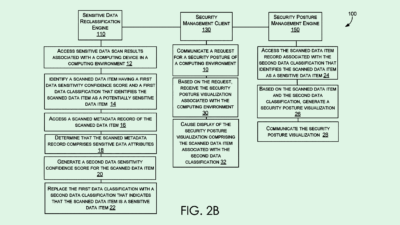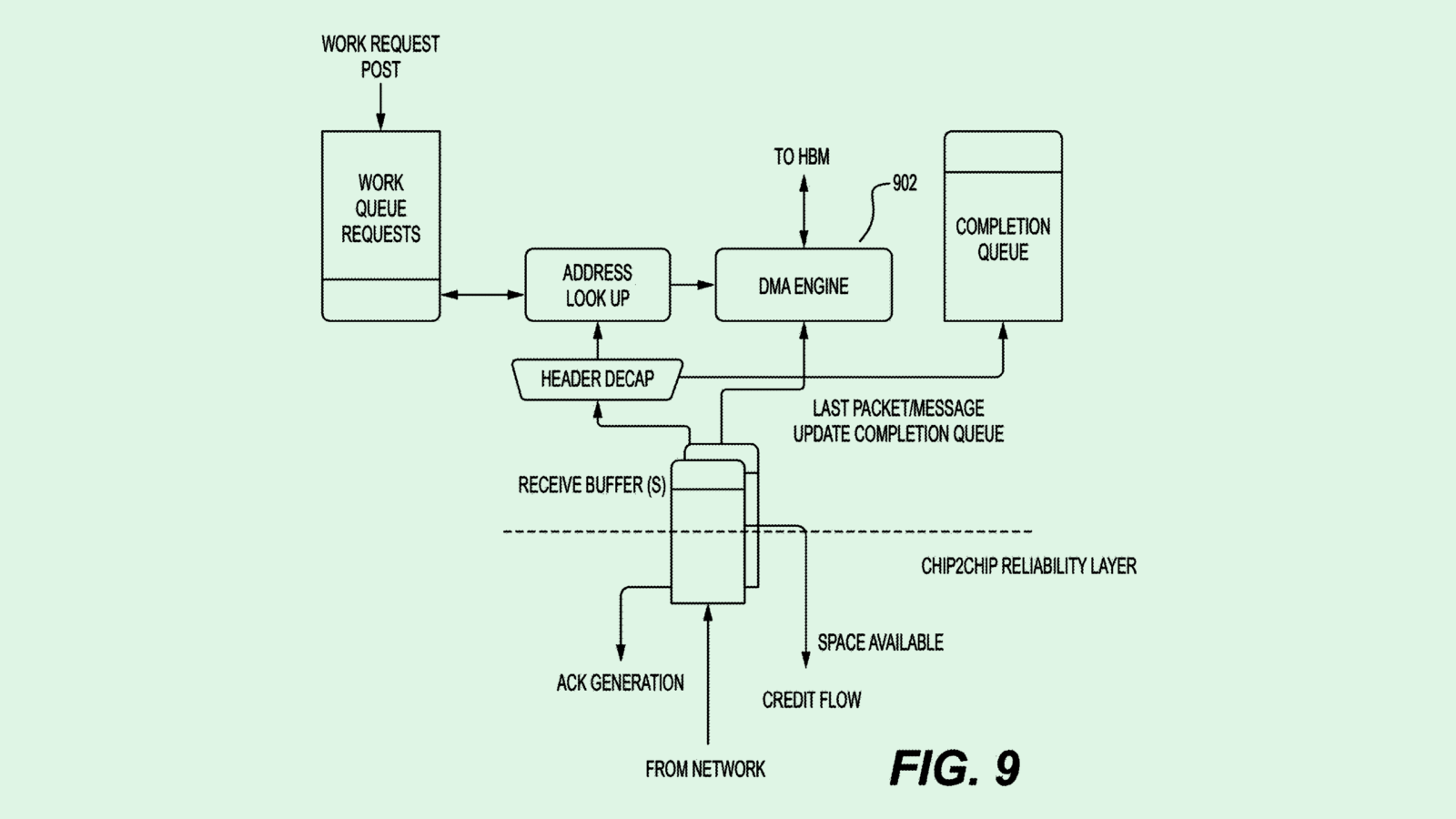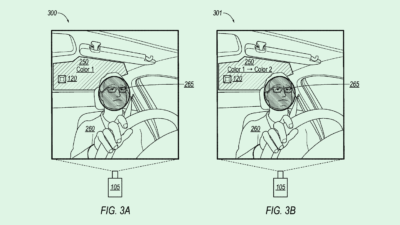Sony Wants to Check for Bias With “Human-Centric” AI Model
Like any AI-based system, the model itself that makes these determinations needs to be properly trained.

Sign up to uncover the latest in emerging technology.
Sony wants to make sure your photos have enough representation.
The company filed a patent for “human-centric visual diversity auditing.” Basically, this tech aims to audit the visual diversity of datasets of “unlabeled human face images,” using what it calls “core human interpretable dimensions derived from human similarity judgments.”
To put it simply, Sony wants its AI to see diversity as humans do. When fed an image of a face, this model figures out “dimensional values aligned with the human mental representational space of faces.” Those values express the presence of a feature, as well as its extent.
Sony noted that this system also doesn’t require a large dataset of manually labeled images for every different facial attribute or feature. Instead, it makes its determinations by comparing and contrasting images of faces in a data-focused way, to make its so-called “human similarity judgements.”
Imagine it like a sliding scale: this model is fed two images of people with beards, but one is much longer and thicker, while the other is more of a five o’clock shadow. In this case, rather than labeling one image as one with a beard and the other without, it may give a percentage, claiming one person has 75% facial hair, and the other has 25%. If those two photos made up a dataset, the system would label its diversity of facial hair at around 50%.
When applied to a large dataset, Sony’s invention can “mitigate bias on the basis of a set of externally visible characteristics rather than societally constructed ones,” the company claims.

If you’re having déjà vu, it’s because Adobe sought to patent a similar image-based diversity auditor that relied on computer vision. The only difference is that Adobe’s system could come with a lot of unintended consequences, such as bias and the disregard for the intersectional nature of diversity. Sony’s system, meanwhile, could seemingly mitigate those issues by forgoing labels, said Mukul Dhankhar, founder at computer vision firm Mashgin.
“What this model is trying to do with its methodology is its trying to turn those intuitions into numbers,” said Dhankhar. “By doing that, basically they get a lot more granularity. (Some models) otherwise might just say, “Oh, this is light-skinned, this is dark-skinned.” But this model may see it as a continuous gradient.”
In the words of The Atlantic’s Caroline Mimbs Nyce, AI has a hotness problem. Image-generating AI models simply can’t help but spit out beautiful images when prompted. A system like Sony is suggesting here may help solve this by auditing image datasets for their diversity of physical features, looking for a good ratio of things like skin tone, eye shape or nose shape.
But like any AI-based system, the model itself that makes these determinations needs to be properly trained, Dhankhar said. Otherwise, this system would simply let biased training data slip through the cracks, defeating the purpose of using it in the first place.
The question of what exactly Sony would do with a system like this still remains. But as a massive tech conglomerate, the company certainly isn’t immune to the pressure to keep up in the AI race, giving it incentive to get a grip on as many AI-related tech inventions as possible.











